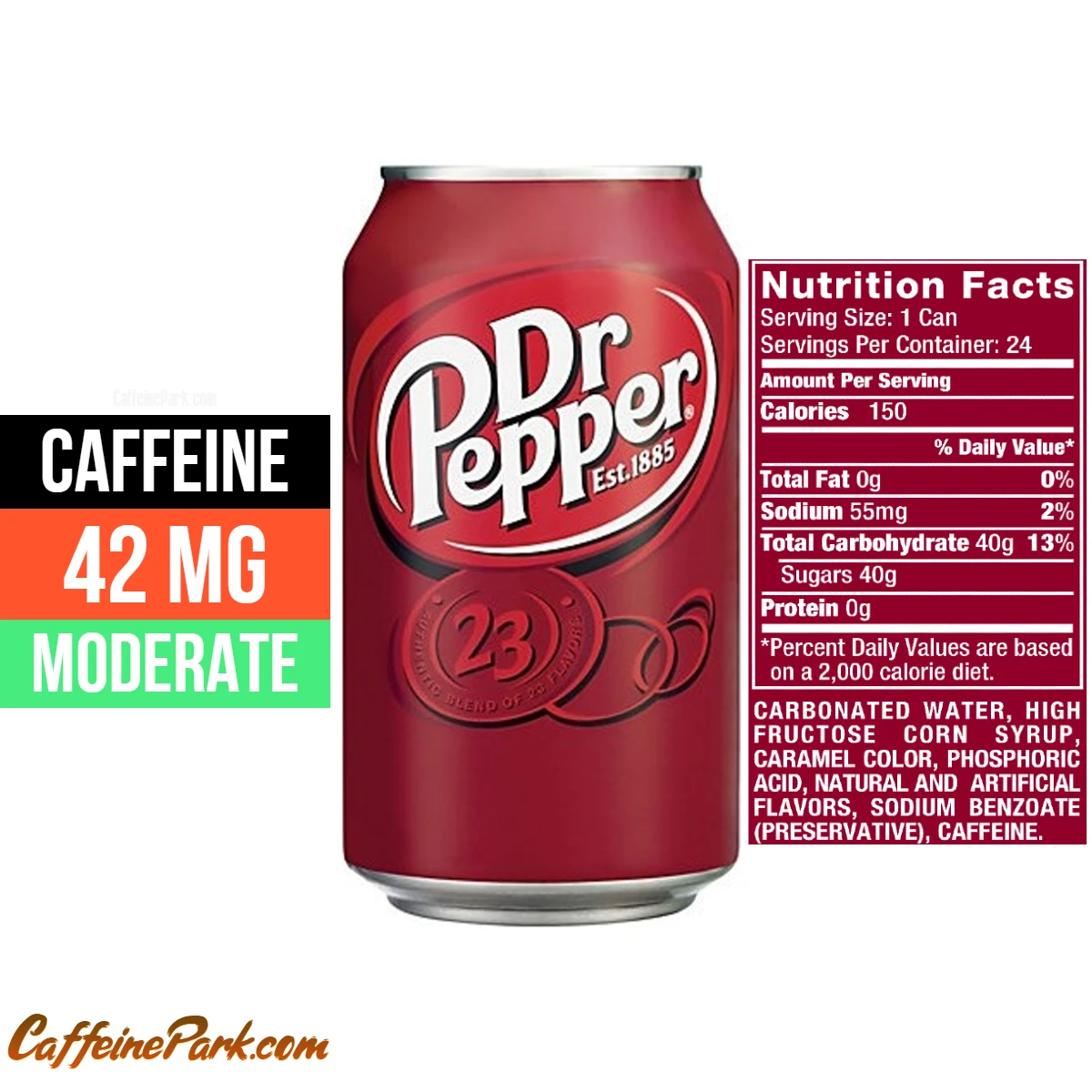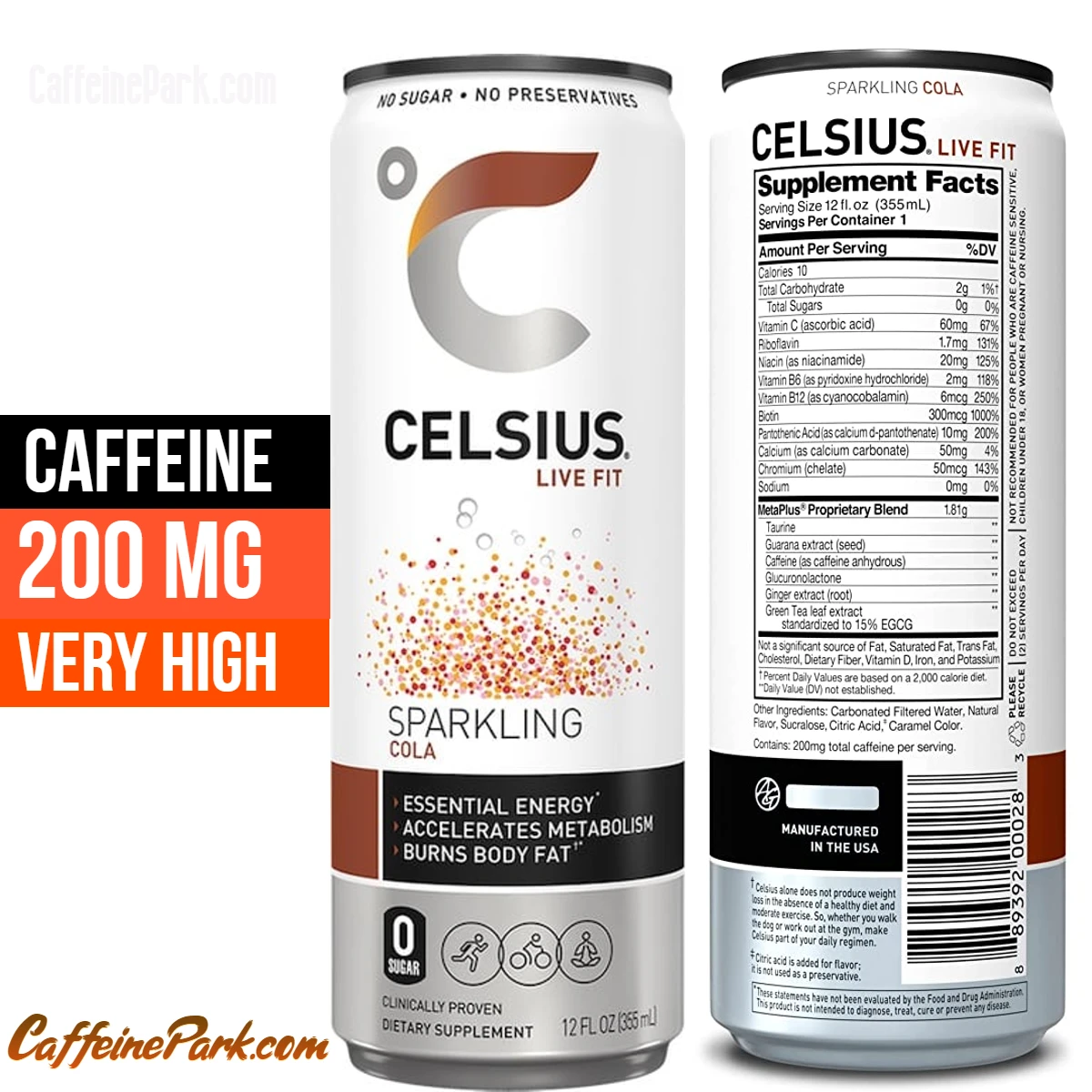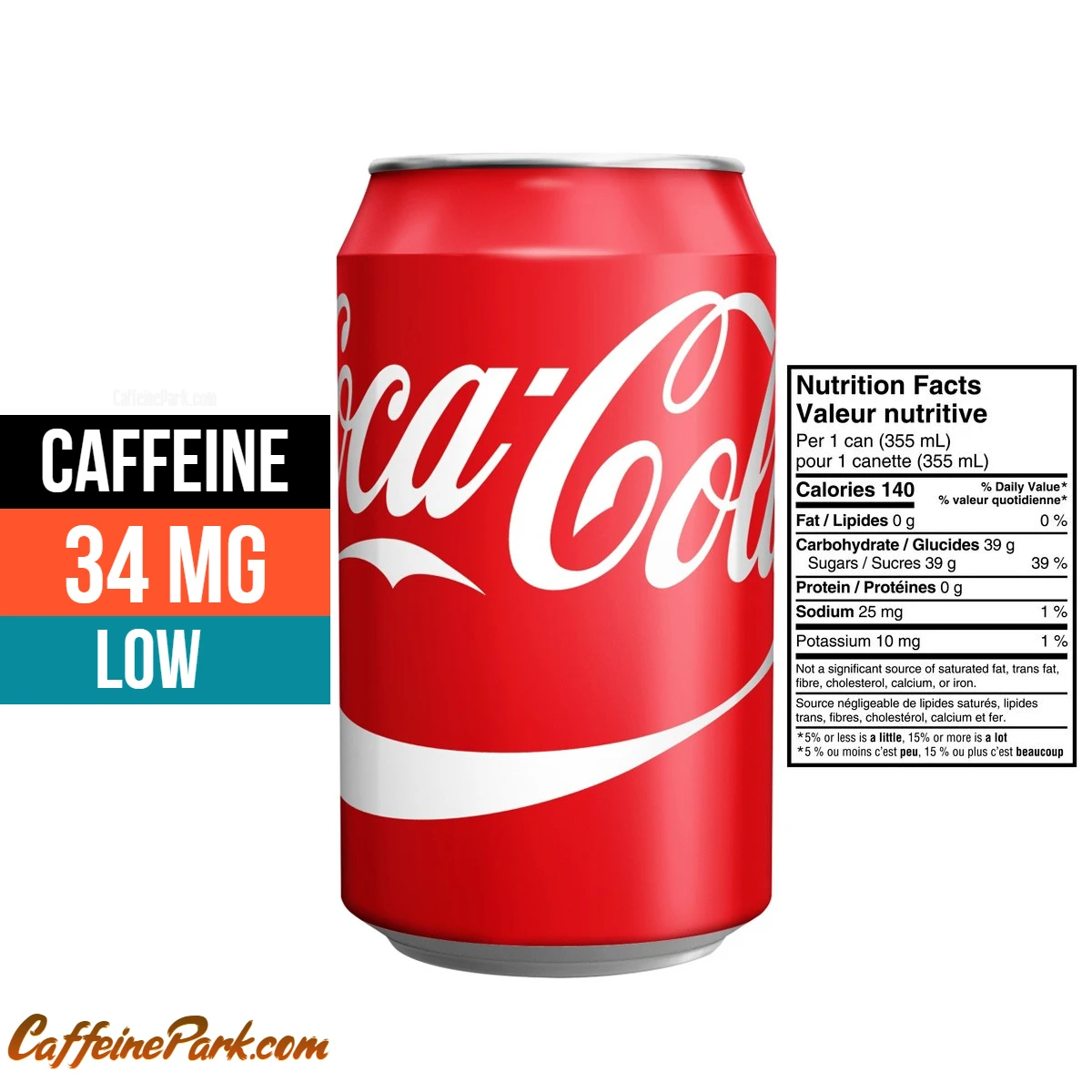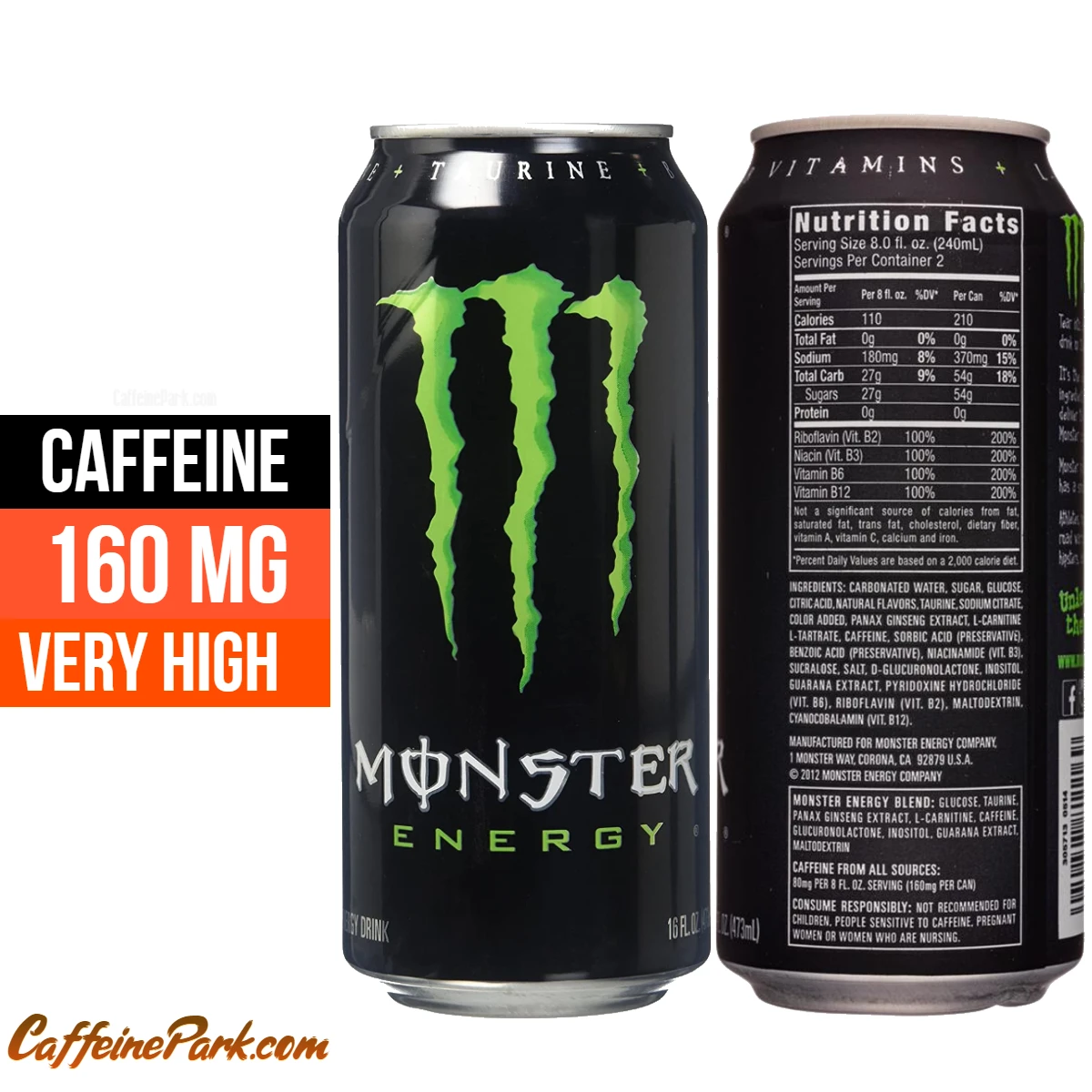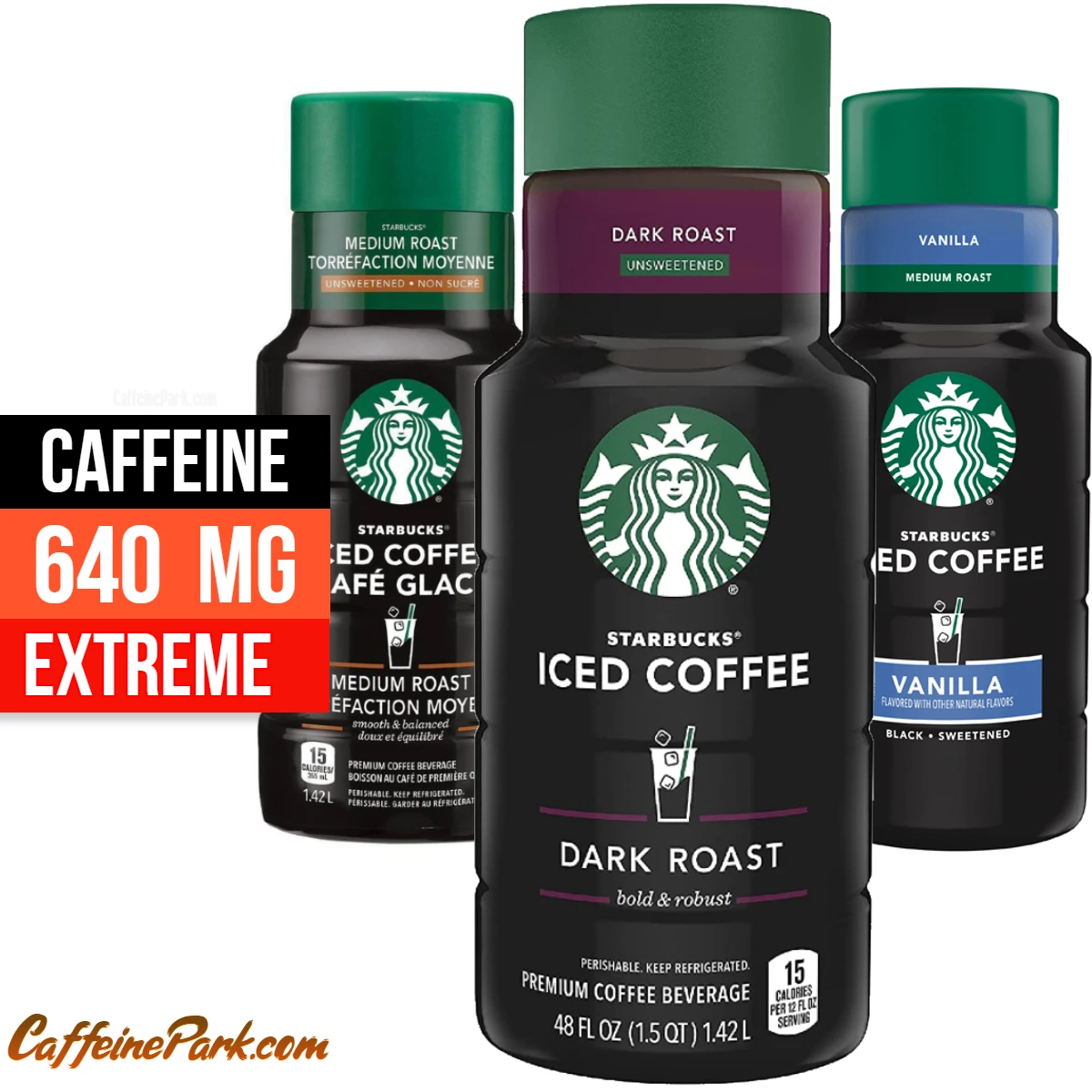Coffee Panna Cotta Caffeine Content

Are you a coffee lover looking for a new dessert to try? Look no further than coffee panna cotta! This creamy Italian dessert infused with coffee is the perfect indulgence for any coffee enthusiast. But if you’re someone who’s sensitive to caffeine or just trying to limit your caffeine intake, you may be wondering how much caffeine is in this dessert. That’s what we’re here to explore in this blog post.
In this article, we’ll dive into the caffeine content of coffee panna cotta and the factors that can affect it. We’ll also discuss other important considerations such as sugar and fat content, as well as portion size. By the end of this post, you’ll have a better understanding of how coffee panna cotta fits into your diet and lifestyle.
What is Coffee Panna Cotta?
First things first, let’s talk about what coffee panna cotta actually is. Panna cotta is an Italian dessert that translates to “cooked cream.” It’s made by simmering cream, sugar, and gelatin together until the mixture thickens and sets in a mold.
Coffee panna cotta is simply panna cotta that’s been infused with coffee. It’s a creamy, decadent dessert with a subtle coffee flavor that’s perfect for coffee lovers.
Does Coffee Panna Cotta Contain Caffeine?
The short answer is yes, coffee panna cotta does contain caffeine. However, the amount of caffeine can vary depending on the recipe and the type of coffee used.
On average, an 8-ounce cup of coffee contains around 95 milligrams of caffeine. If a recipe calls for 1 cup of coffee to be used in the panna cotta, the entire recipe would contain around 95 milligrams of caffeine. However, keep in mind that the recipe likely yields multiple servings, so the amount of caffeine per serving would be less than 95 milligrams.
Factors That Affect Caffeine Content in Coffee Panna Cotta
There are a few factors that can affect the caffeine content in coffee panna cotta:
- Type of Coffee: Different types of coffee contain different amounts of caffeine. For example, a cup of brewed coffee typically contains more caffeine than a cup of decaf coffee. If a recipe calls for decaf coffee, the caffeine content in the panna cotta would be significantly lower.
- Brewing Method: The brewing method can also affect the caffeine content in coffee. For example, espresso typically contains more caffeine than drip coffee. If a recipe calls for espresso, the caffeine content in the panna cotta would be higher.
- Serving Size: As mentioned earlier, the caffeine content per serving of coffee panna cotta would be less than the total amount of caffeine in the recipe. The size of the serving can also affect the amount of caffeine per serving.
How Much Caffeine is in Coffee Panna Cotta?
It’s difficult to give an exact amount of caffeine in coffee panna cotta without knowing the specific recipe and serving size. However, it’s safe to assume that coffee panna cotta contains some amount of caffeine, but it’s unlikely to be a significant source of caffeine in your diet.
If you’re sensitive to caffeine or trying to limit your caffeine intake, it’s always a good idea to check with the recipe or restaurant to find out how much caffeine is in the coffee panna cotta.
Other Factors to Consider
While caffeine is often the main concern when it comes to coffee consumption, there are other factors to consider when it comes to coffee panna cotta:
- Sugar Content: Panna cotta is typically made with sugar, which can contribute to the overall calorie and sugar content of the dessert.
- Fat Content: Panna cotta is also high in fat due to the use of cream in the recipe. While fat can be a healthy part of a balanced diet, it’s important to consume it in moderation.
- Portion Size: As with any dessert, portion size is important to consider. While coffee panna cotta can be a delicious treat, it’s important to enjoy it in moderation as part of a balanced diet.
Conclusion
Coffee panna cotta is a delicious and indulgent dessert that’s perfect for coffee lovers. While it does contain caffeine, the amount can vary depending on the recipe and serving size. If you’re concerned about the caffeine content, it’s always a good idea to check with the recipe or restaurant to find out how much caffeine is in the coffee panna cotta. It’s also important to consider other factors such as sugar and fat content, as well as portion size.
If you’re looking to reduce your caffeine intake, you may want to consider making a decaf version of coffee panna cotta. You could also try using alternative milk options such as almond or oat milk, which would lower the fat content of the dessert.
Overall, coffee panna cotta can be a delicious treat to enjoy in moderation as part of a balanced diet. With a little bit of mindfulness and moderation, you can indulge in this creamy dessert without worrying too much about the caffeine content.
Alternative to Coffee Panna Cotta
If you’re looking for an alternative to coffee panna cotta, there are plenty of delicious dessert options to choose from. Here are a few ideas:
- Fruit-based desserts: Fruit-based desserts like fruit salad, fruit tarts, and berry compotes are healthy and refreshing options that can be enjoyed guilt-free.
- Custards and puddings: If you enjoy the creamy texture of panna cotta, you might like custards and puddings. These desserts can be made in a variety of flavors, including vanilla, chocolate, and caramel.
- Cheesecake: Cheesecake is a rich and decadent dessert that can be made with a variety of flavors and toppings. For a lower-fat option, you can try making a crustless cheesecake or a cheesecake made with Greek yogurt.
- Sorbet: Sorbet is a light and refreshing dessert that is perfect for hot summer days. You can make sorbet with a variety of flavors, including lemon, raspberry, and mango.
- Chocolate mousse: If you’re a chocolate lover, you might enjoy chocolate mousse. This rich and creamy dessert is typically made with whipped cream, chocolate, and eggs.
No matter what type of dessert you choose, remember to enjoy it in moderation as part of a balanced diet.
FAQs
The amount of caffeine in coffee panna cotta can vary depending on the recipe and the type of coffee used. However, as a general rule, a serving of coffee panna cotta contains approximately the same amount of caffeine as a cup of coffee. This means that if you’re sensitive to caffeine, you may want to limit your consumption or opt for a decaf version.
The caffeine content of coffee panna cotta can be influenced by several factors, including the type of coffee used, the brewing method, and the portion size. Espresso-based coffee tends to have higher caffeine content than drip coffee, so a recipe that uses espresso may have more caffeine than one that uses drip coffee. Additionally, larger portion sizes will contain more caffeine than smaller ones.
Yes! If you’re looking to reduce your caffeine intake, you can try using decaf coffee or alternative milk options such as almond or oat milk. These options can also reduce the fat content of the dessert and provide a different flavor profile. Just keep in mind that alternative milk options may affect the texture of the dessert.
Yes, in moderation. Like any dessert, coffee panna cotta should be enjoyed as a treat and not as a regular part of your diet. However, it can be a delicious and indulgent addition to a balanced diet when consumed in moderation and in combination with other healthy foods.
Read More:
